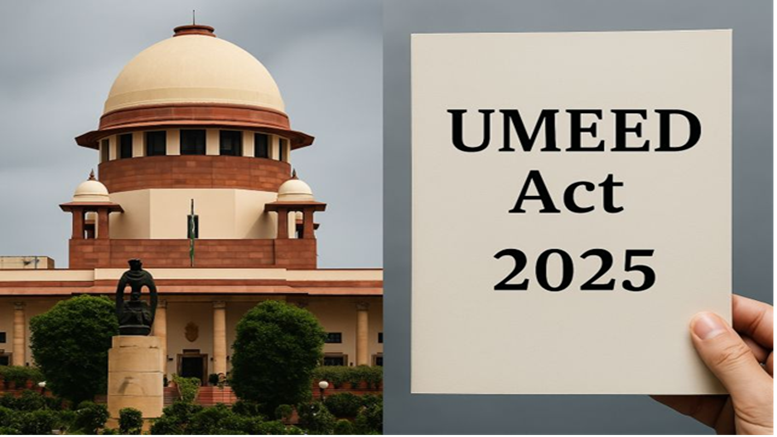- Courses
- GS Full Course 1 Year
- GS Full Course 2 Year
- GS Full Course 3 Year
- GS Full Course Till Selection
- Online Program
- GS Recorded Course
- NCERT (Recorded 500+ Hours)
- Polity Recorded Course
- Geography Recorded Course
- Economy Recorded Course
- AMAC Recorded Course
- Modern India, Post Independence & World History
- Environment Recoded Course
- Governance Recoded Course
- Science & Tech. Recoded Course
- International Relations and Internal Security Recorded Course
- Disaster Management Module Course
- Ethics Recoded Course
- Essay Recoded Course
- Current Affairs Recoded Course
- CSAT
- 5 LAYERED ARJUNA Mentorship
- Public Administration Optional
- ABOUT US
- OUR TOPPERS
- TEST SERIES
- FREE STUDY MATERIAL
- VIDEOS
- CONTACT US
DUAL USE GOODS & TECHNOLOGIES
DUAL USE GOODS & TECHNOLOGIES
The Central Government is currently reviewing an Indian technology company that has been sanctioned by the EU and the U.S. due to its "close connections" with Russian firms. Also, there have been allegations that they were exporting the Dual Use Goods & Technologies to Russia.
What are Dual Use Goods & Technologies?
- Dual-use goods and technologies are things that can be used for both regular civilian purposes and for military or harmful purposes.
Dual-Use Goods/Technologies |
Civilian Applications |
Military/Security Applications |
|
Uranium |
Generating electricity in nuclear power plants |
Production of nuclear weapons |
|
Chlorine |
Water purification |
Chemical weapon (chlorine gas) |
|
Artificial Intelligence Facial recognition software |
Unlocking smartphones |
Surveillance of people and hijacking privacy |
|
Vaccines |
Preventing infectious diseases |
Potential for biowarfare (biological agents as weapons to harm) |
|
Drones |
Photography |
Military surveillance and security |
|
Satellites |
Communication |
Surveillance and intelligence gathering |
- If such goods or technologies get into the hands of the wrong people like terrorists, they will be misused. Hence, it becomes important to regulate them strictly.
What are the Challenges faced by countries in regulating them?
- Determining End-Use: It can be challenging for authorities to accurately determine the intended use of certain items, especially when they have legitimate civilian applications but can also be diverted for military or illicit purposes. For example - silicon, nuclear technology, etc
- Complex Laws and Suspicion: Companies face complex regulations and export controls, often leading to delays, compliance burdens, and a very high level of scrutiny due to the potential for misuse.
- Rapid Technological Advances: Technology keeps on advancing with time. Keeping up with new technology is tough because it's always changing, making it harder to control the spread of dual-use tech.
- Complex Global Supply Chains: A global supply chain covers all the steps involved in manufacturing and delivering a product or service when those steps take place in more than one country. For example, a semiconductor chip originates from Vietnam. It moves into India and finally, from India, it is being used in Sweden and it is nearly impossible to identify its end use.
International Agreements to control such goods & technologies:
Year |
Agreement |
Description |
|
1970 |
Nuclear Non-Proliferation Treaty (NPT) |
|
|
1975 |
Nuclear Suppliers Group (NSG) |
|
|
1985 |
Australia Group |
|
|
1987 |
Missile Technology Control Regime (MTCR) |
|
|
1996 |
Wassenaar Arrangement |
|
Note:
- India is part of Australia Group, MTCR and Wassenaar Arrangement but not of NPT & NSG.
- India regulates some items under the SCOMET List. SCOMET stands for Special Chemicals, Organisms, Materials, Equipment, and Technologies which have potential dual-use applications.
Conclusion: Dual-use goods and technologies offer both opportunities and risks. Responsible management and international cooperation are key to ensuring their positive impact.

![img-PSYCHOLOGICAL WARFARE [PSYWAR]](https://i.filecdn.in/755esias/PSYCHOLOGICALWARFAREPSYWAR-1747206772505.jpg)

